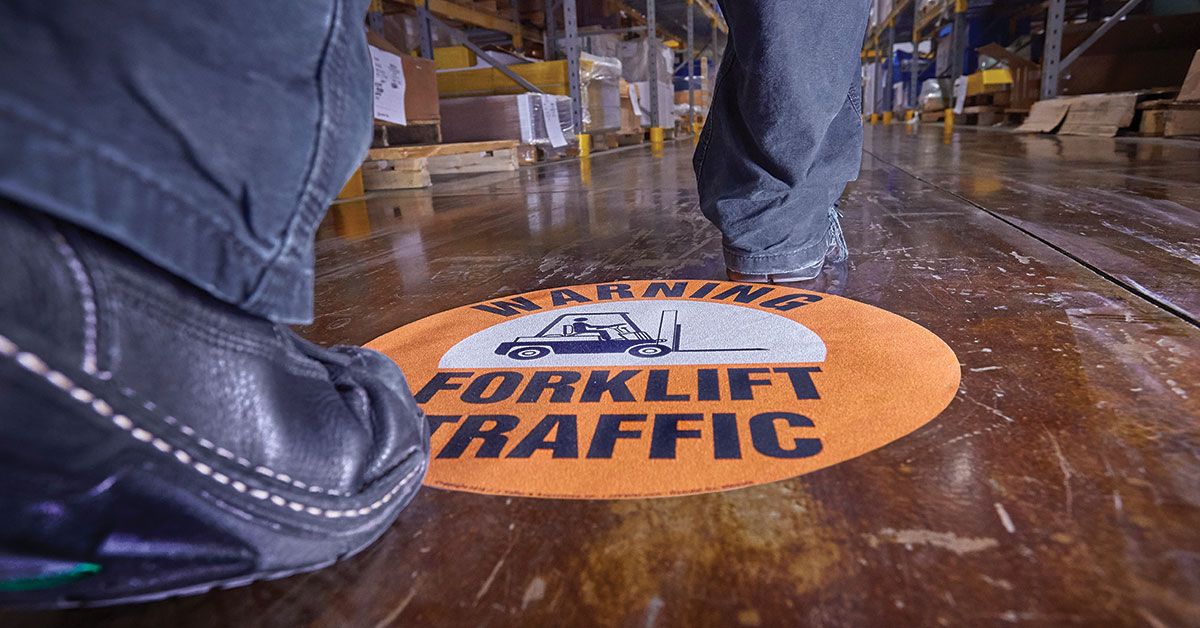Most common forklift violations: Training and inspections
Date Posted: 03/16/2020

The most commonly cited powered industrial truck regulations relate to operator training and conducting inspections for safety issues. If an operator causes an accident, OSHA doesn’t give the operator a ticket; the agency cites the employer for failing to properly train the operator. Similarly, if an operator failed to remove a defective forklift from service, the employer (not the operator) gets the citation.
Make sure operators not only conduct pre-shift inspections, but watch for problems during their shift. Operators must remove a forklift from service for repairs when needed, and that includes recognizing equipment failures that may occur during the shift.
Accidents from violations
Accidents involving forklifts can cause serious injuries, resulting in the hospitalization or even the death of an employee. Hospitalizations must be reported to OSHA, so the employer may face an inspection following the report. Serious injuries may occur when:
- The operator drives off a dock or other edge and tips over.
- The operator elevates another worker on the tines without a proper cage.
- The operator strikes a worker with the forklift, or strikes an object that hits a worker.
Other violations that occur all to often (and could result in serious injuries) may include:
- Raising or lowering a load while moving, like raising the tines while approaching a rack.
- Driving too fast for conditions such as blind spots or pedestrian traffic.
- Traveling with a load that is unstable or too heavy.
- Failing to chock or block the wheels of a semi-trailer (required even for inclined docks, according to a Letter of Interpretation from November 8, 2005).
Safety shortcuts cause accidents faster
Violations and accidents may occur if operators take shortcuts in safety to meet production demands. They might skip the pre-shift inspection or continue operating a truck with a known safety issue, thinking “it’ll be fine until the end of the shift.” In fact, one indicator may be if operators tend to report forklift equipment problems at the end of the shift, when they probably should have reported it sooner.
These common violations may therefore have common causes — taking safety shortcuts to get more “work” done. When shortcuts result in injuries, however (and they will sooner or later), you may have a lost-time injury that will cost more than the time saved.
Watch for these problems during the next operator evaluation. Also, remind operators that safety gets the same emphasis as production, and explain how much a timesaving shortcut could end up costing them or their coworkers.
How Safety Management Suite Can Help
Using a checklist when inspecting equipment or procedures helps ensure a consistent and thorough process. The Audits & Inspections area in the J. J. Keller® SAFETY MANAGEMENT SUITE offers hundreds of checklists to help you audit your workplace — including one for evaluating powered industrial truck operator performance.
E-mail Newsletter
Sign up to receive the weekly EHS Insider email newsletter for safety articles, news headlines, regulatory alerts, industry events, webcasts, and more.